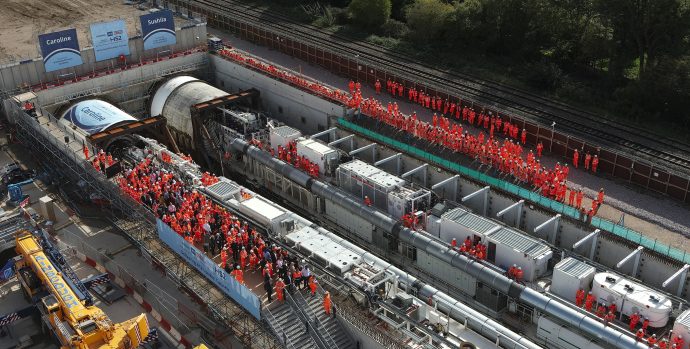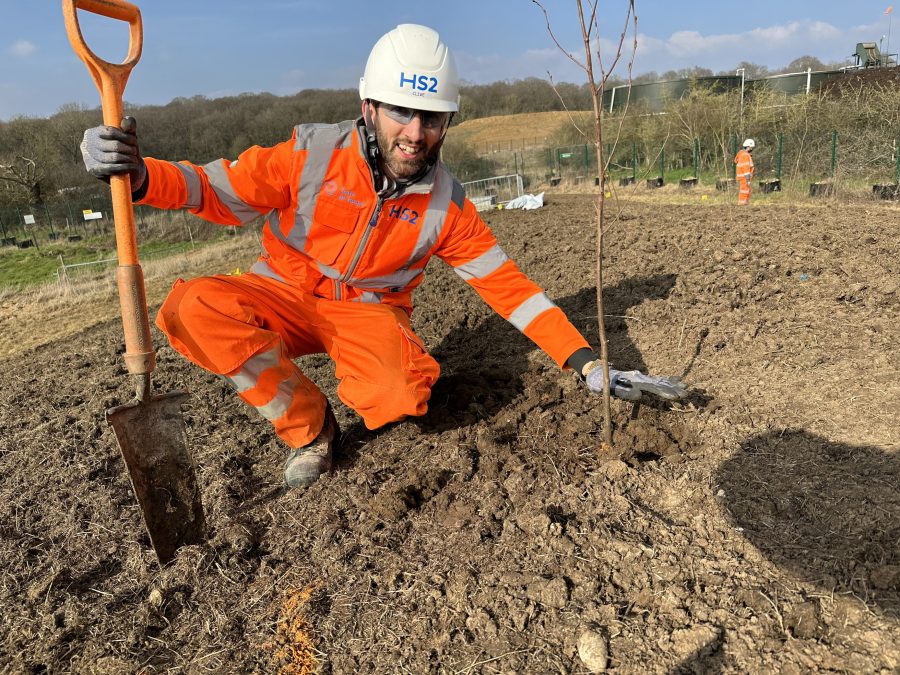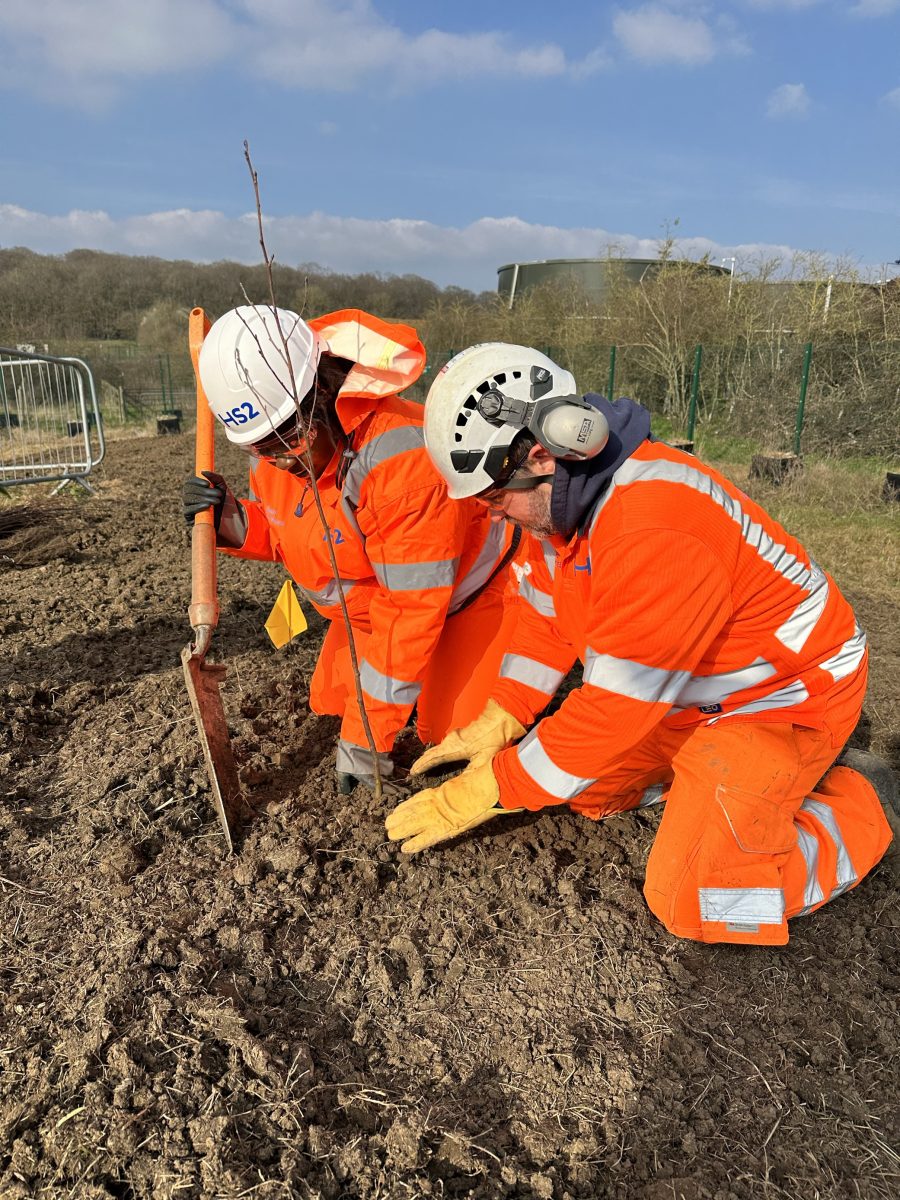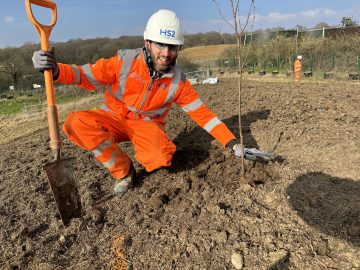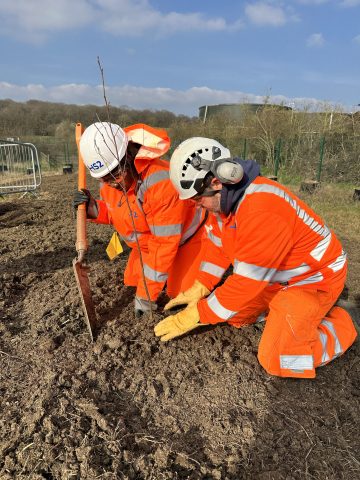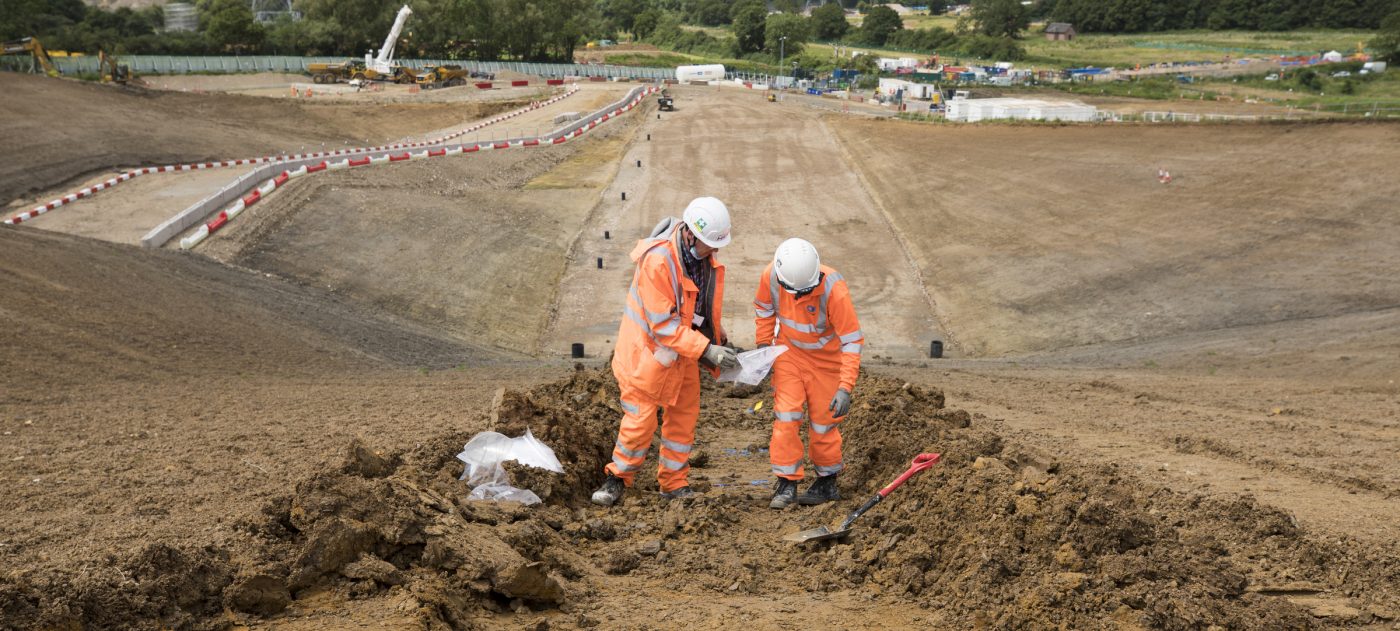
West London habitat creation
In north-west London we’re creating over 40 hectares of new habitat, known as sustainable placement areas, around Copthall Tunnel. The areas are between HS2’s tunnel portal near West Ruislip Underground station and the western end of the railway’s viaduct across the Colne Valley at Harvil Road.
The large mounds of earth in the sustainable placement areas have come from two areas of the site and two operations. In the northern sustainable placement area the four mounds have been built from the surplus material out of the Copthall Tunnel excavation. The three mounds in the southern sustainable placement area have been made from material excavated for the Northolt Tunnel. Both of these sites create new habitats for wildlife as well as remove emissions and the disruption to residents that would be caused by transporting material away by road.
Creating new habitats
The sustainable placement areas are designed to improve ecological connectivity through the wider landscape, predominantly through linking previously small pockets of ancient woodland. This increases the resiliency of local wildlife populations and their ability to move through the landscape.
Habitats that will be created include woodland, grasslands, species rich shrubland, hedgerows for habitat connectivity, ponds, swales – for transporting rainwater into the local drainage network, and wet grasslands. There will also be additional features including shelters for animals to seek refuge in winter, and bird and bat boxes.
Plans were developed with a range of stakeholders, including landowners and Natural England, and there is an ecology site management plan in place to monitor the success of new habitats and planting.
Sustainable placement areas
The sustainable placement areas on this section of the HS2 route are divided into two sections – north and south.
The north sustainable placement area includes four mounds made up of c.647,000 cubic metres of soil. These mounds have been seeded and some trees have already been planted. One hundred and eighty 2-metre tall trees and 60,000 small trees will be added when the next planting season begins in the autumn. In total there will be 70,000 trees, shrubs, and bushes from 60 different species. The trees will be a mix of broadleaf species, such as English oak and sweet chestnut, designed to improve landscape distinctiveness and biodiversity in the local area.
The south sustainable placement area includes three mounds made up of c.530,000 cubic metres of soil. These mounds will be grassed and hedges planted to improve grassland species richness and encourage a wider range of wildlife, with one nearby field turned into an aquatic area.
Once excavation of HS2’s Northolt Tunnel is completed the temporary treatment and processing facility and associated muck bins, haulage roads and drainage will be taken down and removed. This area will also be landscaped with the installation of 40,000 trees, plants and shrubs to produce another haven for wildlife.
Watch this video about the sustainable placement areas and Copthall Tunnel
Keeping you informed
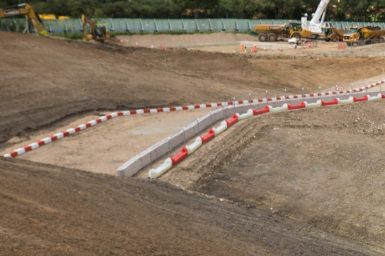
Construction in your area
Find information about HS2 works and activities taking place in your area.
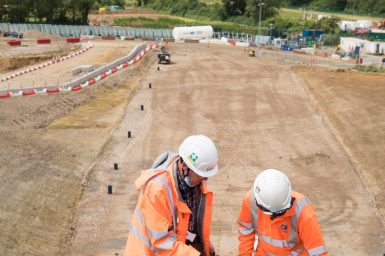
Managing construction impacts
Find out what we do to reduce the impact of our work.
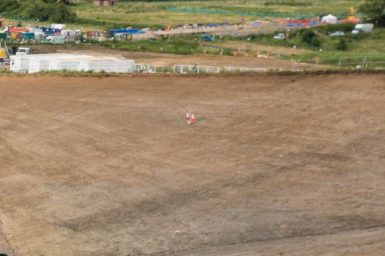
Construction look ahead
Read our three-month look ahead for associated work in Hillingdon.
